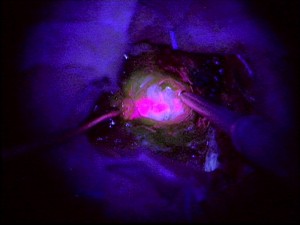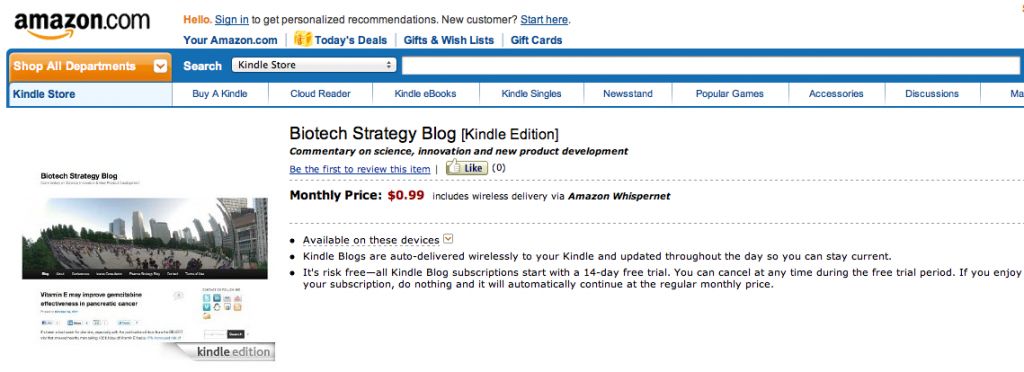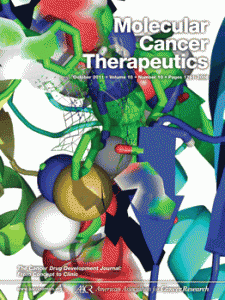Chemotherapy Foundation Symposium Prostate Cancer Update
 This morning the 8am session at the Chemotherapy Foundation Symposium (The Greenspan Meeting) in NYC featured a review of current developments in Prostate Cancer.
This morning the 8am session at the Chemotherapy Foundation Symposium (The Greenspan Meeting) in NYC featured a review of current developments in Prostate Cancer.
The informative 1.5 hour session covered a lot of ground with the presenters reviewing clinical data for:
- Radium-223 Chloride: a new option for CRPC (Oliver Sartor)
- Pomegranite extract for Rising PSA (Michael Carducci)
- XL184 in mCRPC (David Smith)
- Optimizing patient selection for sipuleucel-T (Simon Hall)
- Intermittent androgen suppression for prostate cancer (Laurence Klotz)
- Lenolidomide/docetaxel in CRPC (Daniel Petrylak)
 The highlight, in my opinion, was Oliver Sartor’s excellent presentation on radium-223 chloride (Alpharadin) in which he cogently outlined its mechanism of action. He explained that radium-223:
The highlight, in my opinion, was Oliver Sartor’s excellent presentation on radium-223 chloride (Alpharadin) in which he cogently outlined its mechanism of action. He explained that radium-223:
- targets osteoblastic bone metastases by acting as a calcium mimic
- is a bone-seeking calcium mimetic that binds to hydroxyapatite
- has preferential uptake in areas of new bone formation
As mentioned previously on this blog, there are critical differences between an alpha emitter such as radium-223 and other bone-seeking radiopharmaceuticals that are beta emitters.
Sartor presented some excellent slides that showed how alpha emitters require much fewer DNA hits to kill cells, are short range and have a higher initial energy per particle. In other words they are very effective at short range within the bone microenvironment, something that Chris Parker from The Royal Marsden Hospital mentioned in his interview from ECCO/ESMO in Stockholm.
Sartor concluded his Chemotherapy Foundation Symposium presentation by reflecting on “where do we go from here” in prostate cancer? Some of his observations were:
- We are currently in a sequencing paradigm. Drug A then B then C
- We need to combine active agents to give the best results, that is our next challenge
- How are we going to afford it all?
Sartor succinctly highlighted where the rubber currently hits the road, and left the audience with plenty to reflect upon. I am sure we can expect further debate on sequencing and combination possibilities at medical and scientific meetings in 2012.


 Prostate cancer is the second leading cause of cancer death in men, so it was good news this morning when Medivation & Astellas issued a
Prostate cancer is the second leading cause of cancer death in men, so it was good news this morning when Medivation & Astellas issued a 

